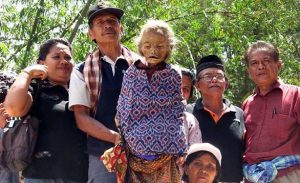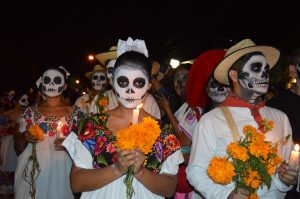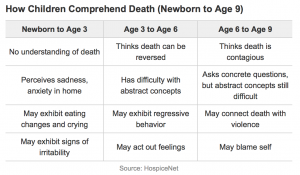A look at what happens when the rich and famous die.
Many of us are familiar with death whether it is someone close to us or a friend of a friend. The deceased is often remembered and mourned for in a relatively private way. However, all the rules seem to be thrown out of the door when the deceased is not the elderly man next door, but a celebrity.
An interest in the lifestyles of the rich and famous is something that seems universal across the globe. Their every move is documented, publicized, and largely criticized. Pictures are taken and articles published for tasks as insignificant as grocery shopping or jogging. Celebrities, for some, have reached a god-like status. Their fans are dedicated, passionate, and quick to combat the haters. The life of a celebrity is seemingly not their own. It belongs to the fan, the critic, and the consumer. The same goes for their deaths. The death of a celebrity often prompts more fanfare and acknowledgment than the deaths of millions at the hands of disease and hunger. A celebrity death tends to prompt news specials, award show tributes, and sometimes public displays of distress by people who were merely fans of the individual. The public mourns the celebrity’s ability to inspire, encourage, and provide an escape. The fan is mourning the loss of a connection, a figure that to them was maybe more than a person.
An LA Times article referenced the phenomenon saying, “We don’t cry because we knew them, we cry because they helped us know ourselves.” The way we ritualize death often seeks to serve the needs of the living over the needs of the dead. We view death from how it affects us. The death of an ordinary person is made more about those left behind then celebrating the person who is no longer here. The celebrity experiences this to a greater extent. For most it was not the loss of Prince the person that caused tears to roll down their face, but the loss of hundreds of unrecorded songs and the persona of a man who dared to defy the status quo. The connection between the fan and the artist is one that is cherished by many.
Some celebrities are defined by their deaths as much as their life especially when their death is a “bad” one such as suicide, a drug overdose, or murder. Their legacy, more so than the average person’s, is shaped by this death. Whitney Houston, Michael Jackson, and Prince will always be remembered for their indelible contribution to music. In the same breath their overdose related deaths will forever be tied to their name in the public sphere. It is through the death of a celebrity that we get a glimpse of life in the spotlight. Despite what we learn we cannot help but place their death back under the same spotlight. It seems as if their celebrity demands consumption by the public, even when they are no longer alive.
Sources:
http://www.latimes.com/opinion/op-ed/la-oe-0427-friedman-public-grieving-prince-20160427-story.html







